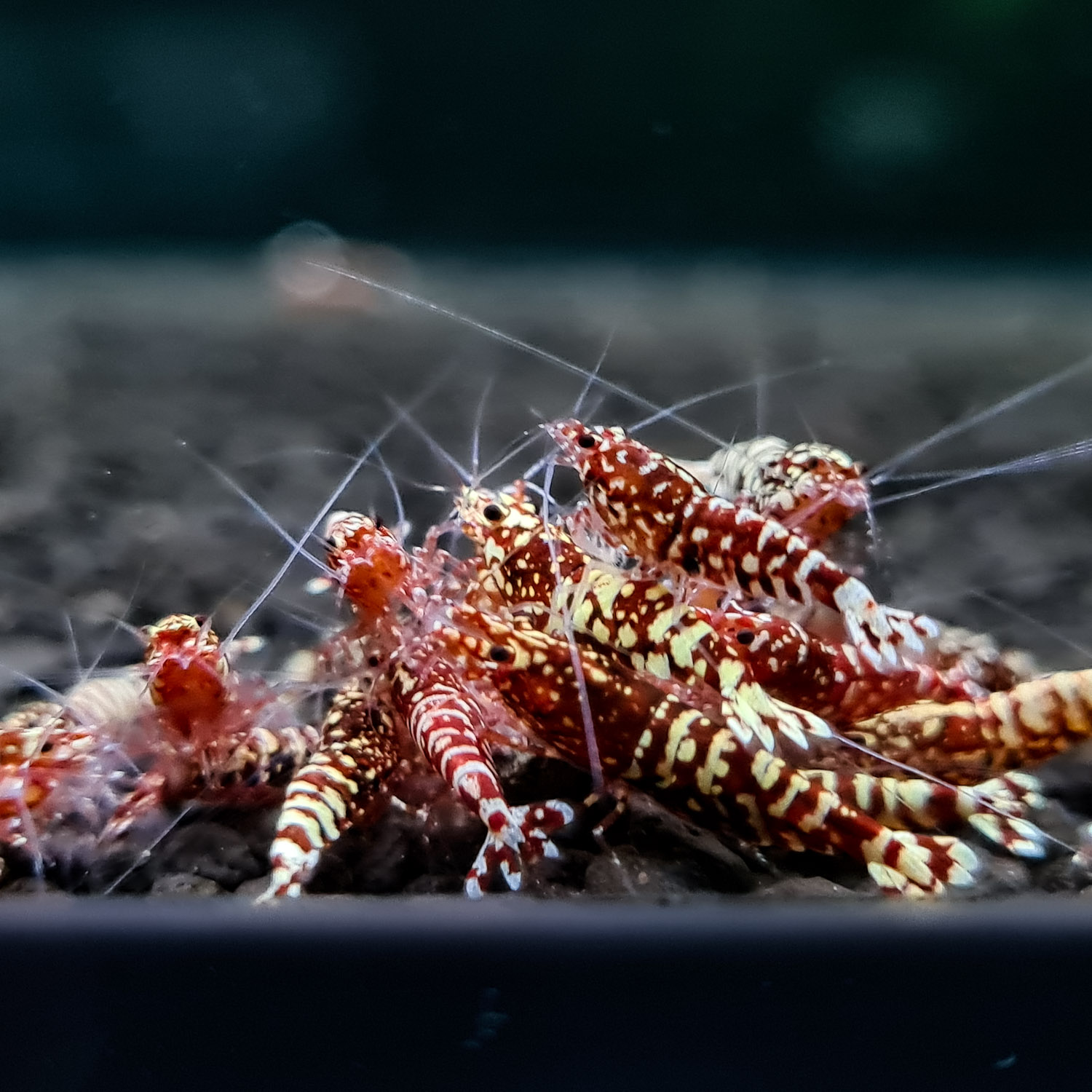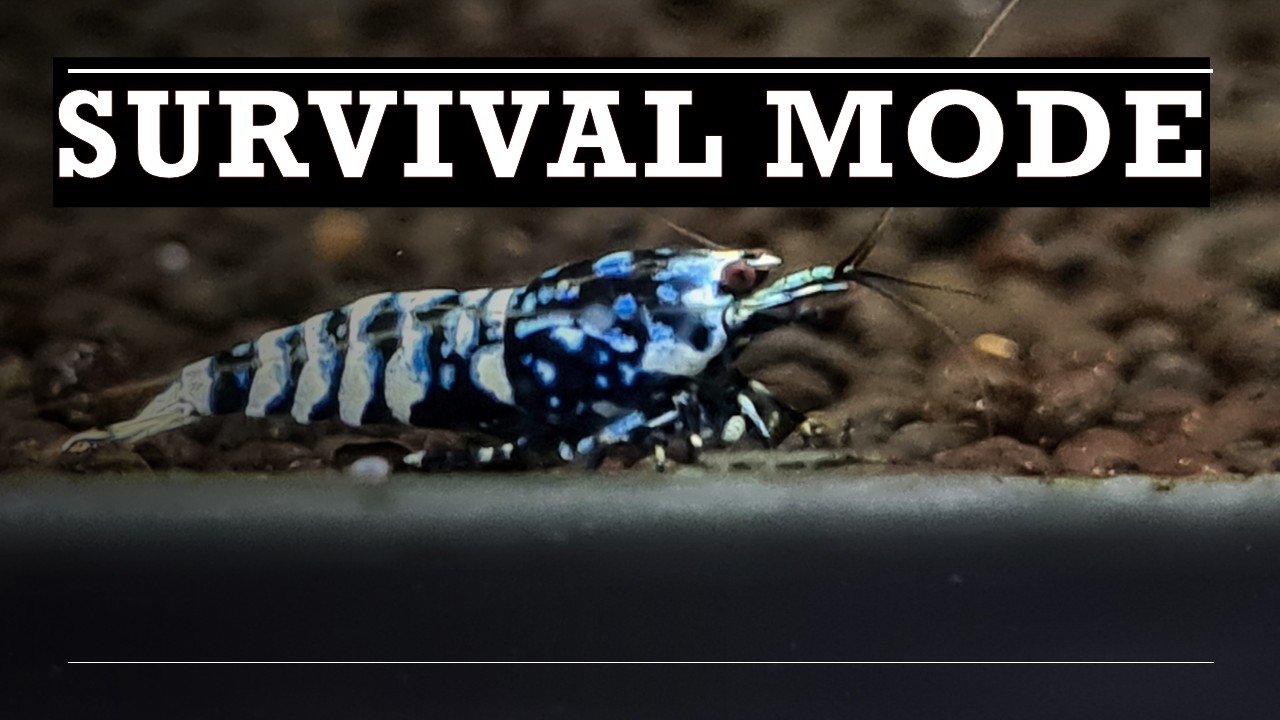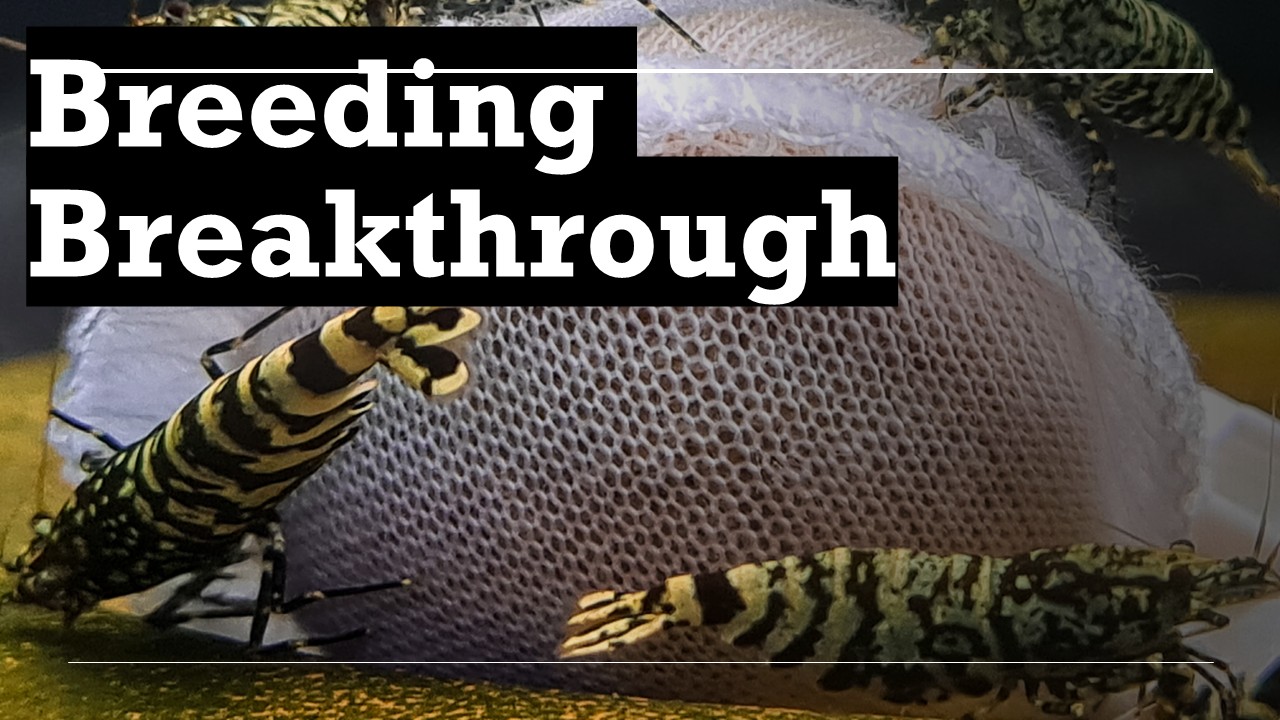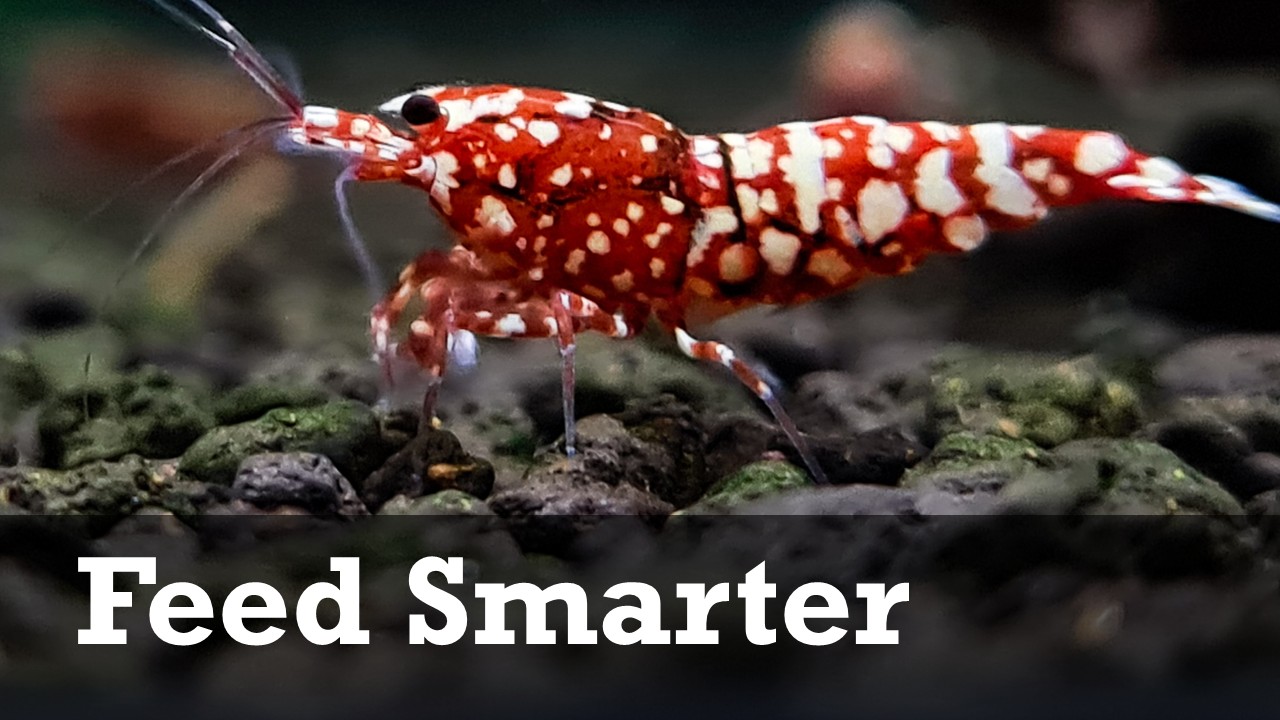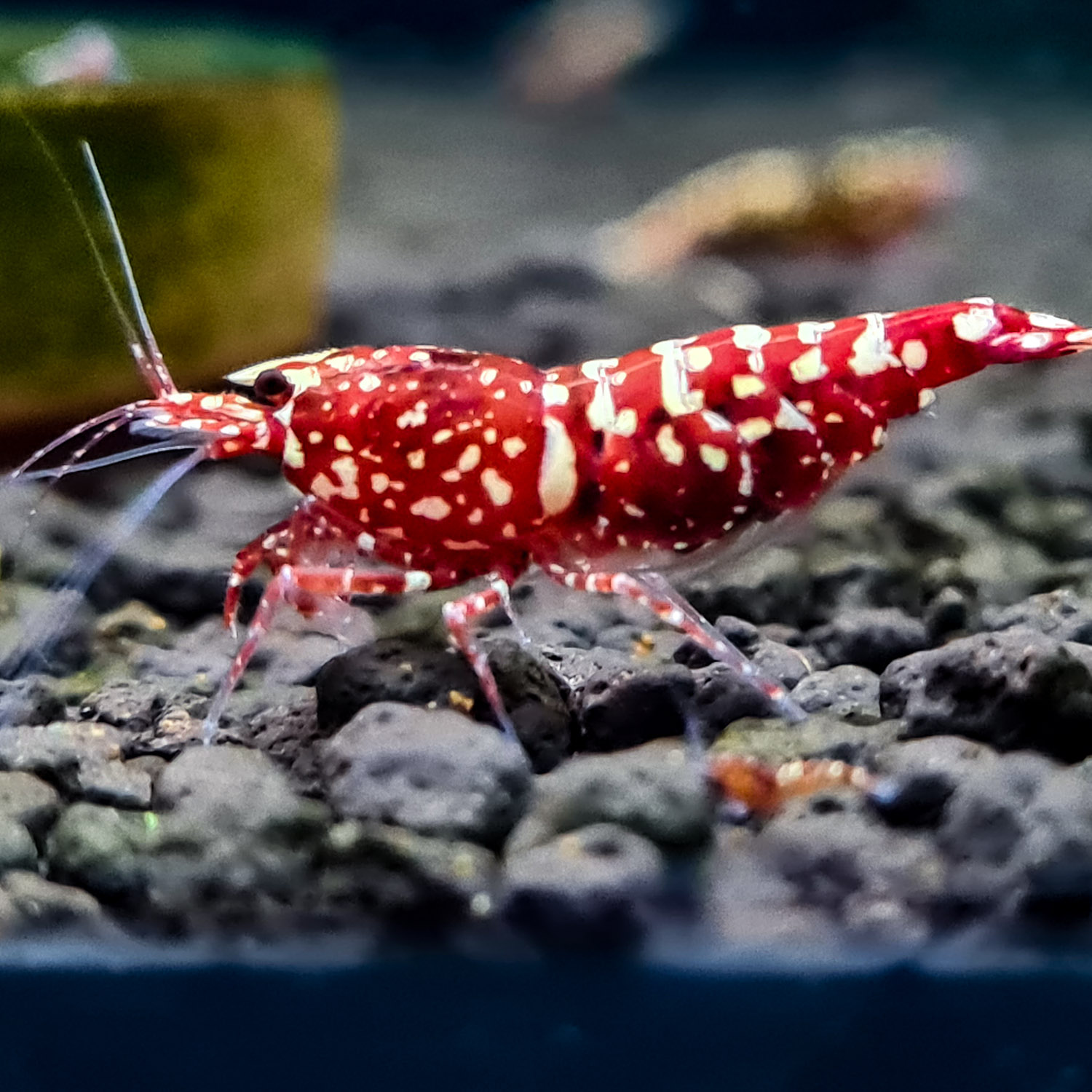
Intro
The world of shrimp-keeping is as fascinating as it is delicate, offering a window into nature’s wonders within the confines of a glass tank. Yet, for many hobbyists, joy can quickly turn to frustration when their cherished shrimp perish unexpectedly despite “spot on” water parameters. Who should take responsibility in such situations? The seller, the buyer, or the community? This video will share with you my insights about the complexities of shrimp-keeping, emphasizing collaboration, accountability, and community building to ensure success for all parties involved.
Chapter 1: The Fragility of Shrimp-Keeping
Shrimp-keeping is more than just a hobby; it’s a heartfelt commitment to nurturing delicate life forms. These tiny, captivating shrimp depend on us for survival, and even the most carefully maintained tanks can harbor hidden threats. Despite ideal water parameters where we often see hobbyist mentioning “Spot on water parameters”, shrimp may succumb to factors that elude even the most diligent hobbyist. This stark reality often leaves new hobbyist heartbroken, grappling with a crucial question: who bears responsibility for these losses? To find solutions, we must dive into the intertwined roles of sellers, buyers, and the broader community.
Building a sustainable shrimp-keeping hobby requires collective effort and ethical behavior from all stakeholders:
- For Buyers: Commit to thorough research and preparation. A well-informed buyer is less likely to encounter setbacks and more likely to experience the joy of thriving shrimp. Whenever possible, support local breeders and stores to ensure access to healthy shrimp and reliable advice.
- For Sellers: Prioritize ethics over short-term profits. Say no to unprepared buyers, even at the cost of a sale. Promote locally bred shrimp, which are often better suited to the buyer’s conditions and require less acclimation than imports. Offer robust after-sales support to ensure buyer success.
- For the Community: Actively share knowledge and foster connections among hobbyists of all experience levels. Encourage the growth of local breeding initiatives to reduce reliance on imports.
Chapter 2: The Buyer’s Journey
Picture Buyer A, a passionate yet inexperienced individual who dreams of a vibrant shrimp tank. Inspired by a neighbor’s enthusiasm, they set up a tank and eagerly purchase their first shrimp. Tragically, the shrimp perish shortly after, leaving the buyer disheartened and confused. While the loss is devastating, it also serves as a lesson. Hobbyists must take proactive measures to ensure success:
- Research Extensively : Understand the unique needs of the chosen shrimp species, from water parameters to dietary requirements.
- Seek Reputable Guidance: Consult experienced hobbyists or trustworthy sellers for advice.
- Avoid Impulsive Purchases: Resist pushy sellers and take time to confirm readiness.
The buyer’s role is pivotal. By equipping yourself with knowledge and preparation, they lay the foundation for a thriving shrimp-keeping experience. Supporting local stores and breeders is also a crucial step, as they often provide personalized advice, healthier shrimp, and insight into proper care tailored to local conditions. Buying locally bred shrimp helps ensure success while fostering a stronger connection to the community.
Chapter 3: The Seller’s Role
Sellers occupy a critical position in the shrimp-keeping ecosystem, serving as gatekeepers of information and providers of these delicate shrimp. Ethical sellers must go beyond viewing shrimp as mere commodities and prioritize the long-term success of their buyers. And these are the 4 elements:
- Assessing Buyer Readiness: This is the most important yet least focused area. Sellers should engage buyers in meaningful conversations about their tank setup, water parameters, and overall preparedness. Asking the right questions demonstrates care and reduces potential losses.
- Providing Education: Offer comprehensive care instructions and follow up with the buyer
- Setting Clear Expectations: Be upfront about the risks involved and discourage unprepared buyers from making impulsive decisions.
- Offering After-Sales Support: sellers understand that their responsibility doesn’t end with the transaction. Providing guidance and solutions—even in cases of shrimp mortality—fosters trust and strengthens the community.
Sellers should prioritize and advocate the value of locally bred shrimp, which offer distinct advantages over imported shrimp typically supplied by traders. Unlike imported shrimp, which often endure significant stress from long-distance transportation and sudden environmental changes, locally bred shrimp are acclimated to the region’s specific water conditions and climate. This ensures a smoother transition to their new environments, leading to lower mortality rates and healthier shrimp.
Supporting local breeders goes beyond minimizing risks for buyers—it promotes sustainable breeding practices that prioritize quality over mass production. Local breeders often operate with a deeper commitment to the health and well-being of the shrimp, focusing on genetic diversity, disease prevention, and responsible breeding techniques. In contrast, traders and pre-sellers often prioritize volume and profit, with little regard for the long-term welfare of the shrimp or the satisfaction of the buyer.
These breeders typically offer more personalized support, including guidance on shrimp care and maintenance, fostering meaningful relationships with hobbyist. Traders , on the other hand, often lack this direct connection, leading to a transactional approach that leaves hobbyist unsupported.
When hobbyists enter the trade motivated only by monetary ambitions, the heart of the hobby suffers. Sellers who see shrimp solely as dollars and cents often neglect essential responsibilities, like educating buyers or offering support after the sale. This approach does a disservice not only to the shrimp but also to the buyers who trusted them. Without proper guidance, buyers may face repeated failures, become disillusioned, and ultimately leave the hobby altogether. the shrimp trade presents unique challenges—shrimp are delicate, living beings, not static commodities. Ethical shrimp sellers are those who understand that success isn’t measured by quick profits but by the relationships they build and the lives they positively impact—human and shrimp alike.
Short-term profit-seekers risk undermining the integrity of the shrimp-keeping ecosystem. Without genuine care and intention, we become no different from sellers who exploit the hobby, leaving behind a trail of failed tanks, disappointed buyers, and disheartened hobbyists. This erosion of trust can ripple through the community, weakening its foundation and driving potential enthusiasts away.
When profit takes precedence over honesty, sellers mislead new hobbyists with skewed information, creating a dangerous cycle where false claims overshadow truth—not because they’re accurate, but because they serve financial interests. I’ve experienced this personally. When I shared my perspective about why I don’t use bacteria powder, I received hateful personal messages accusing me of harming businesses. But ask yourself—if no one speaks the truth, who will? And if we don’t confront these issues now, when will it ever change?
Chapter 4: The Community’s Contribution
Instead, let us build a community that values shrimp-keeping for what it truly represents: a love for nature, a passion for cultivating life, and a commitment to ethical practices. Sellers should view their role as stewards of the hobby, not just as merchants. Hobbyist should recognize the importance of supporting sellers who prioritize education, care, and sustainability over short-term gain. And the community as a whole must foster a culture that prizes ethics and responsibility above all.
By aligning our motivations with the heart of the hobby—passion over profit—we not only create a better experience for all but also ensure the longevity and integrity of shrimp-keeping as a cherished pursuit. Let us honor the shrimp, the hobby, and the community by putting care, knowledge, and love above all else. Sellers must lead with empathy, prioritizing the well-being of their shrimp and the success of their buyers over immediate profits. Hobbyist must approach the hobby with curiosity and responsibility, while the community must rally around shared knowledge and support. Supporting local breeders and stores is key to building a strong, ethical foundation for the hobby. Together, these elements form a harmonious ecosystem that values shrimp as living beings rather than mere commodities.
